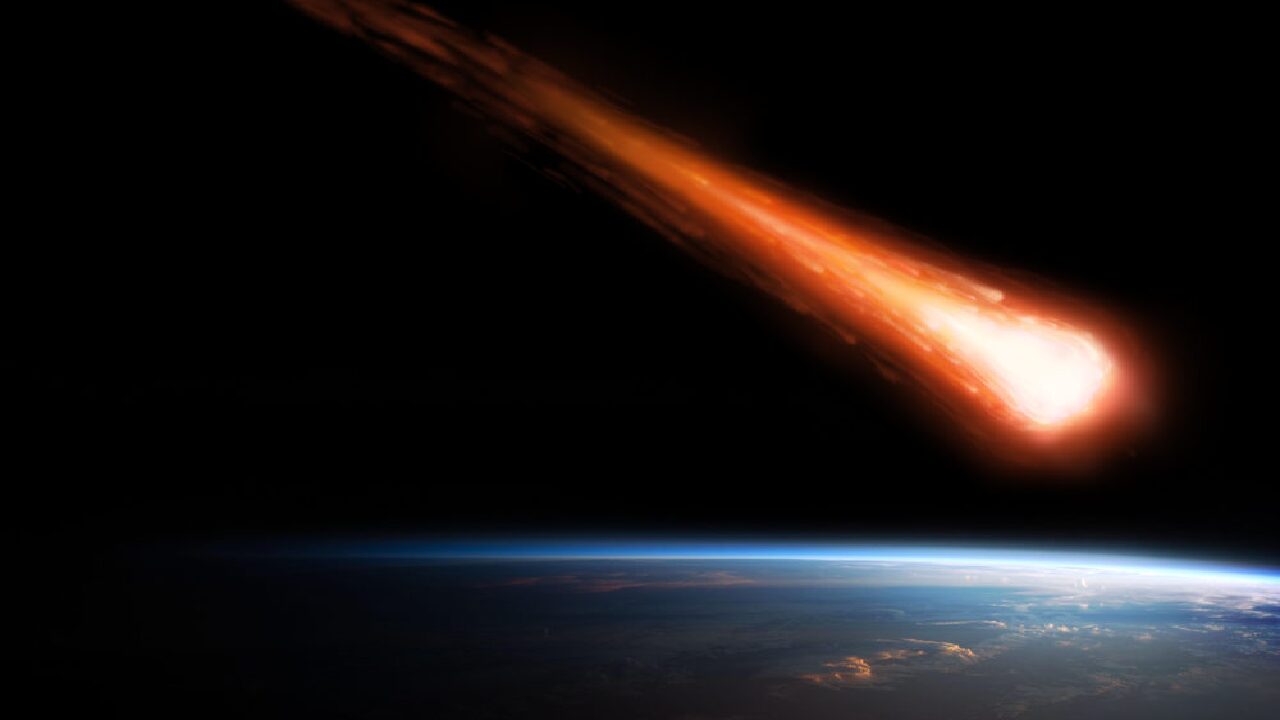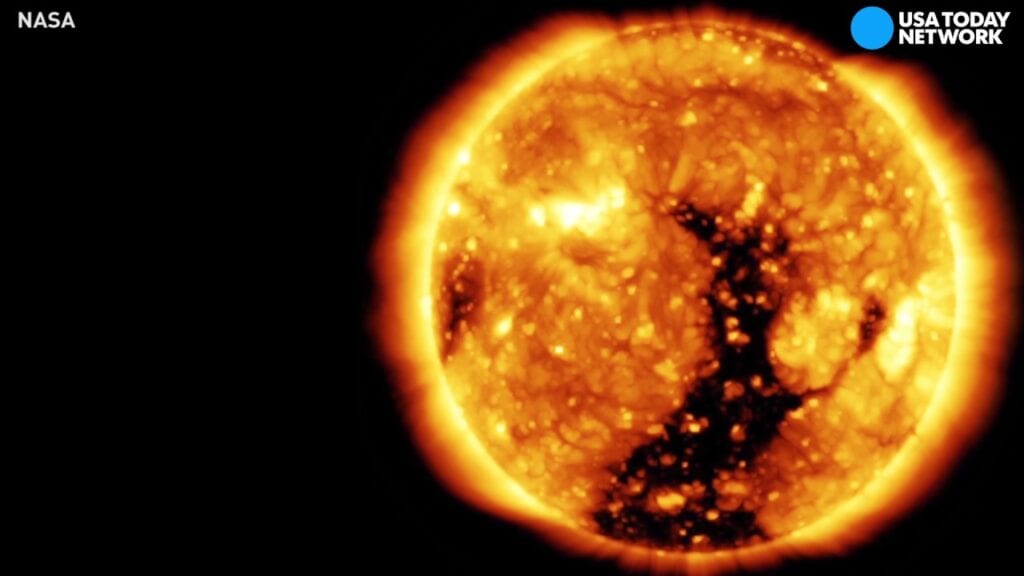Space Weather: Another Asteroid Flyby & Fireballs over Canada and New Mexico

ANOTHER ASTEROID FLYBY
For the second time in as many days, an asteroid is flying through the Earth-Moon system. Yesterday, March 5th, 30-meter asteroid 2014 DX110 passed just inside the orbit of the Moon–about 0.9 lunar distances away. Today, March 6th, 10-meter asteroid 2014 EC is coming even closer–only 0.2 lunar distances. Neither space rock poses an immediate threat to Earth. According to NASA, small asteroids thread the Earth-Moon system more than 20 times a year.
FIREBALLS OVER CANADA AND NEW MEXICO
March 6th began with a bang. “Last night, here was a significant fireball over north central New Mexico at precisely 00:19:20 am MST,” reports Thomas Ashcraft. “It was brighter than the full Moon and shook houses from its sonic boom.” Ashcraft operates a fireball camera and forward-scatter meteor radar at his private observatory near Santa Fe. Turn up the volume and play the movie he recorded.
Approximately two hours later, a similar fireball streaked over Yellowknife, Canada, exploding so brightly that the flash turned the night sky blue:
Yuichi Takasaka took the picture from the verge of Vee Lake. “I was leading an Aurora Photography Tour,” says Takasaka. “We had quite colourful auroras all night. All of sudden at 02:13 local time, one shooting star started from Western sky and exploded towards North. It got so bright that I had to close my eyes like someone used electric flash in front of me. A few minutes later, we could hear the huge explosion from the direction of the fireball fell. What an exciting night!!!”
As far as we know there is no conection between these two events or the asteroid 2014 EC, which is flying past Earth today. They are probably random meteoroids of the type that strike Earth’s atmosphere every night.
CORONAL HOLE
In the sun’s northern hemisphere, magnetic fields have opened up, allowing a stream of solar wind to escape into space. Such openings are called “coronal holes”. NASA’s Solar Dynamics Observatory took this picture of the structure during the early hours of March 6th:

A stream of solar wind flowing from this coronal hole should reach Earth on or about March 9th. Because the “spigot” is located in the sun’s northern hemisphere, the stream will sail mostly north of our planet, delivering only a glancing blow to Earth’s magnetic field.
A glancing blow, however, might be enough to spark polar auroras. For reasons that researchers don’t fully understand, spring is aurora season. With the northern vernal equinox just around the corner, even small gusts of solar wind can stir up geomagnetic activity. Stay tuned for auroras.




